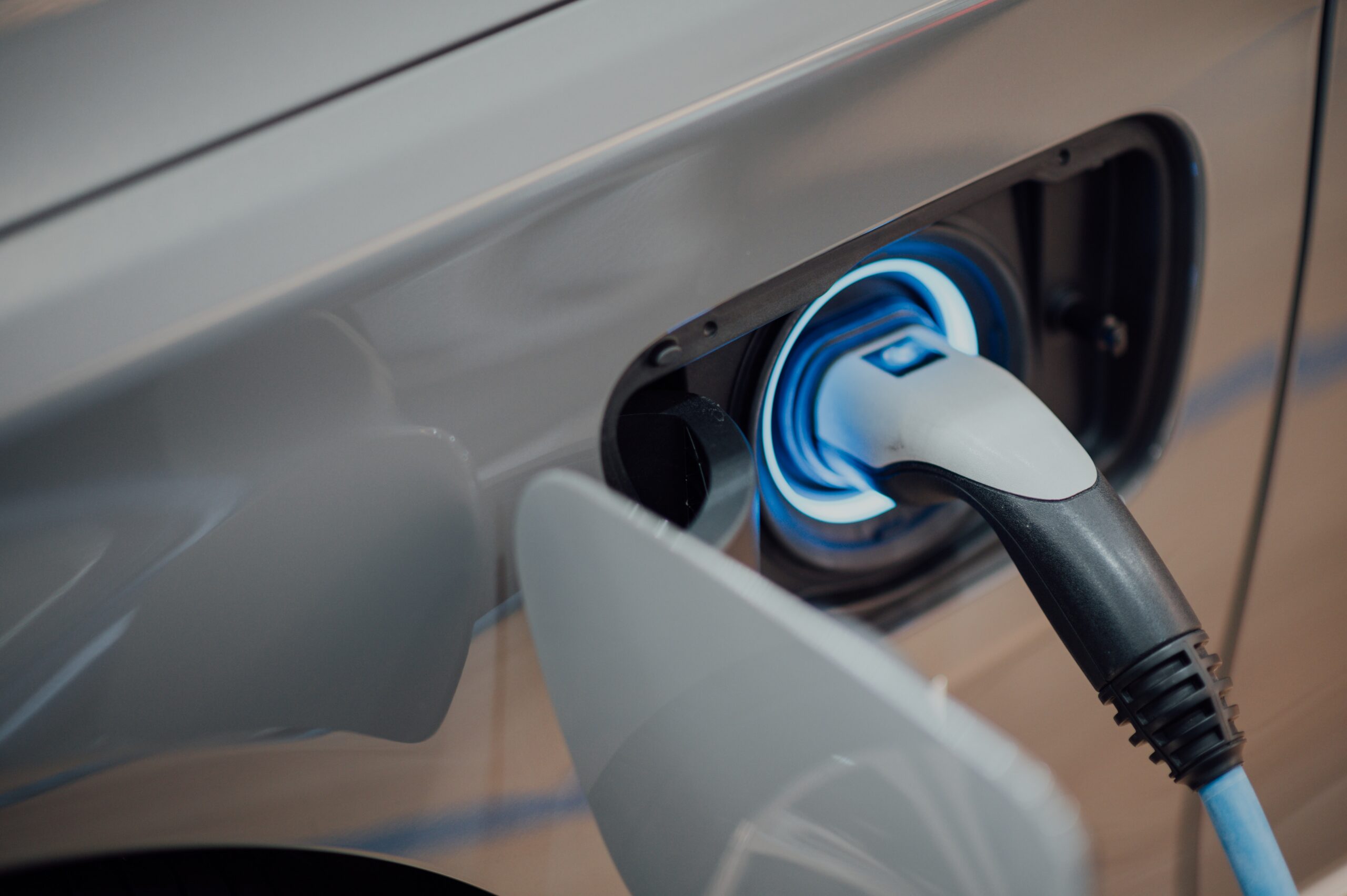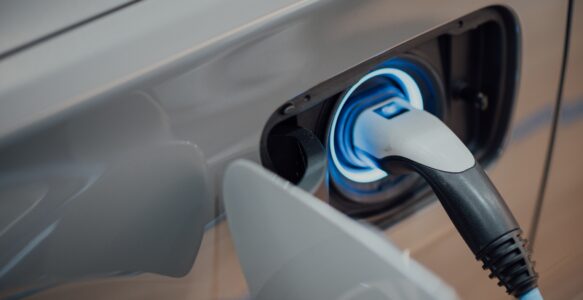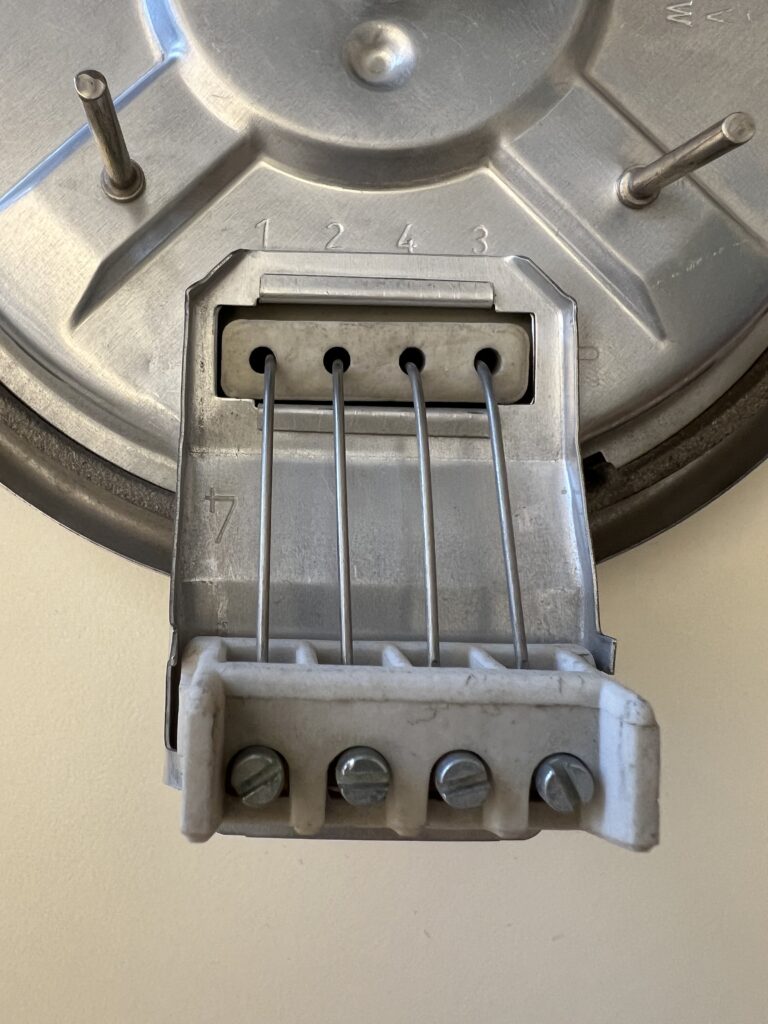Technical ceramics help to further advance e-mobility. The material makes it possible to develop more powerful and lightweight vehicles that are characterised by their range. We are convinced that with the assistance of technical ceramics, the potential of electric cars can be fully exploited and thus make an important contribution to the energy transition. The following 7 application areas are predestined for the use of technical ceramics:
- Rotors and coil carriers: Technical ceramics are found in electric motors in the form of ceramic rotors. These are typically made of aluminium oxide or zirconium dioxide and offer higher performance than those made of steel or copper due to their high strength and stiffness. Ceramic rotors are capable of achieving higher speeds because they do not deform or expand as much as other materials at high temperatures.
In addition, coil carriers made of ceramic are installed in electric motors because they offer excellent thermal conductivity and thermal stability. The use of ceramic coil carriers improves heat dissipation because heat, in comparison, is dissipated more effectively. - Battery technology: Technical ceramics help to improve the performance and efficiency of batteries. Aluminium oxide or silicon carbide, for example, are used as separators between the battery’s electrodes to facilitate ion transport and extend their service life. In addition, technical ceramics are used in battery production to coat electrodes and thus optimise their conductivity.
- Braking systems: electric vehicles usually rely on regenerative braking, where the vehicle’s engine acts as a generator to recover energy. This reduces friction in the brakes, which in turn leads to lower temperatures in the brakes. This means that the brakes in electric vehicles become less hot compared to conventional combustion engines. However, as some heat is still generated – especially during emergency braking or at high speeds – the brake pads in electric vehicles must be very heat-resistant. Technical ceramics offer an ideal solution here, as they retain their strength and durability even at high temperatures.
In addition, brake pads made of technical ceramics generate less brake dust than conventional steel or copper brake pads. This helps to improve air quality in urban areas and to reduce environmental pollution. - Sensor technology: Ceramic materials are known for their high stiffness, strength, and hardness, which makes them an ideal choice for the production of sensors. These are necessary in order to measure, for example, air or coolant pressure or temperature in various components of the vehicle. Technical ceramics also play a major role in acceleration sensors. It is used as a piezo element and generates electrical signals when deformed by vibrations or accelerations.
- Heating elements: A common application of technical ceramics in the interior heating of electric vehicles is the use of ceramic heating elements. The heating elements consist of a thin layer of ceramic material applied to a carrier of metal or plastic. The layer is then heated electrically to generate heat that is released into the interior of the vehicle. The advantage over conventional heating elements: Firstly, they can be heated up very quickly and reach operating temperature within seconds. Secondly, they are highly efficient and can distribute heat evenly throughout the vehicle’s interior.
Ceramics, in the form of heat storage elements, also ensure that heat energy is stored and released over a longer period of time to ensure even heat inside the vehicle. - Heat dissipation: Electric cars generate a considerable amount of heat during operation, especially in battery and drive components. To prevent overheating and damage to these components, heat dissipation systems are needed. Technical ceramics come into play here as thermal conduction pastes, seals or heat sinks. Ceramic heat conduction pastes consist of a mixture of ceramic particles and binders and are installed between the heat sources and heat sinks to effectively dissipate the heat. Ceramic gaskets are used to provide a hermetic seal between heat sinks and other components to prevent leakage and loss of coolant. The industry also uses ceramic heat sinks as they offer effective heat dissipation due to their porous structure and high thermal conductivity.
- Lightweight construction: Electric cars must be as light as possible in order to achieve a longer range and the best possible performance. In this context, technical ceramics can be used as a material for components that need to be lightweight yet strong and resilient. Among other things, ceramic components can be found in the body and in the drivetrain, as they can withstand higher temperatures than conventional steel ball bearings.
Our conclusion
Technical ceramics in particular offer a wide range of innovative solutions to further advance the e-mobility market. Advances in thermal conductivity, energy efficiency and performance over the past few years have made it possible to put electrified vehicles on the road today that have higher speeds, less abrasion and longer battery life. By combining state-of-the-art technologies and proven materials such as technical ceramics, e-mobility will be even safer, more reliable and more powerful in the future. We are excited to see what the next developments will bring for the e-mobility market.




